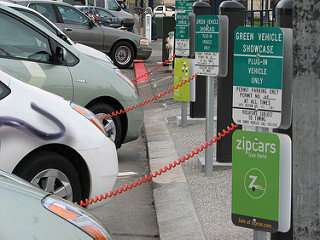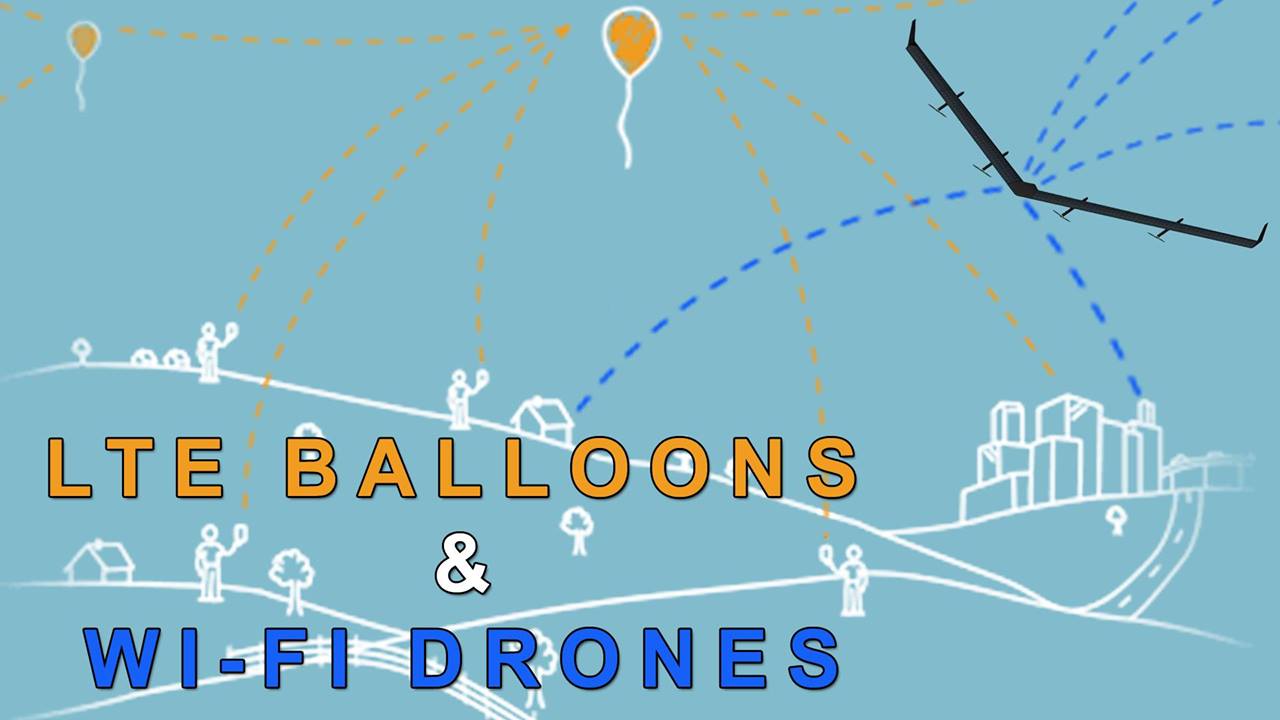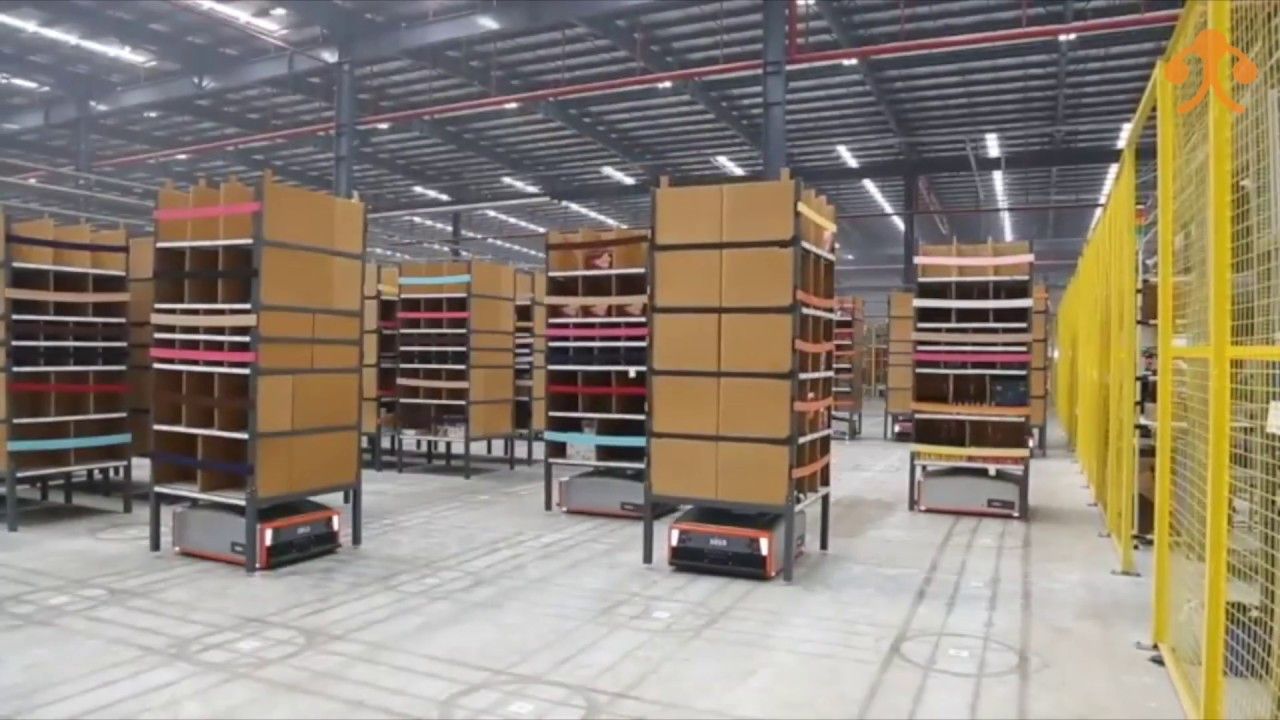Aug 29, 2018
ESA Business Applications
Posted by Chiara Chiesa in categories: business, economics, sustainability
In 1999 the United Nations acknowledged that the development gap between rich and poor countries was widening: about three-fifths of the world’s population lacked access to basic sanitation and one-third did not have access to safe drinking water. In spite of many initiatives and efforts, the sanitation issue is still largely unresolved; it is estimated that 2.3 billion people — primarily in Asia, sub-Saharan Africa, and Latin America and the Caribbean — still lack access to basic sanitation (toilet). To address this challenge, in 2015, the global community adopted a Sustainable Development Goal dedicated to clean water and sanitation (SDG 6). Target 6.2 under this Goal calls for, “by 2030, achieving access to adequate and equitable sanitation and hygiene for all and ending open defecation.”
ESA business applications in cooperation with Toilet Board Coalition (http://www.toiletboard.org/) will be launching a new Invitation to Tender in Q3 2018 to assess the technical feasibility and viability of space-based services in support of sanitation for developing economies, and will establish the roadmap for service implementation through potential follow-on demonstration projects.
Toilet Board Coalition is a business-led partnership addressing the global sanitation crisis by accelerating the Sanitation Economy; it brings a network of business partners and sanitation development stakeholders, as well as experts from the global sanitation community. The Toilet Board Coalition will provide specific use cases and requirements derived from its two funded pilot projects, each assessing scalability of the Sanitation Economy.


















